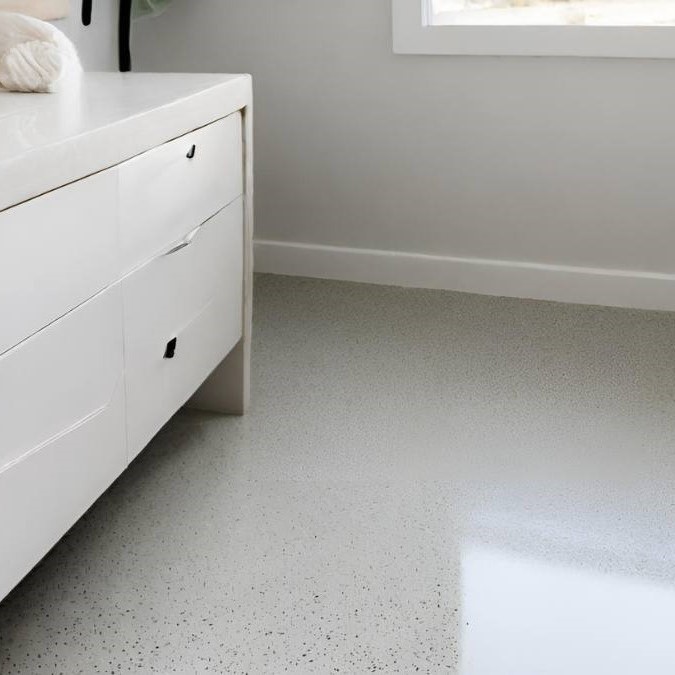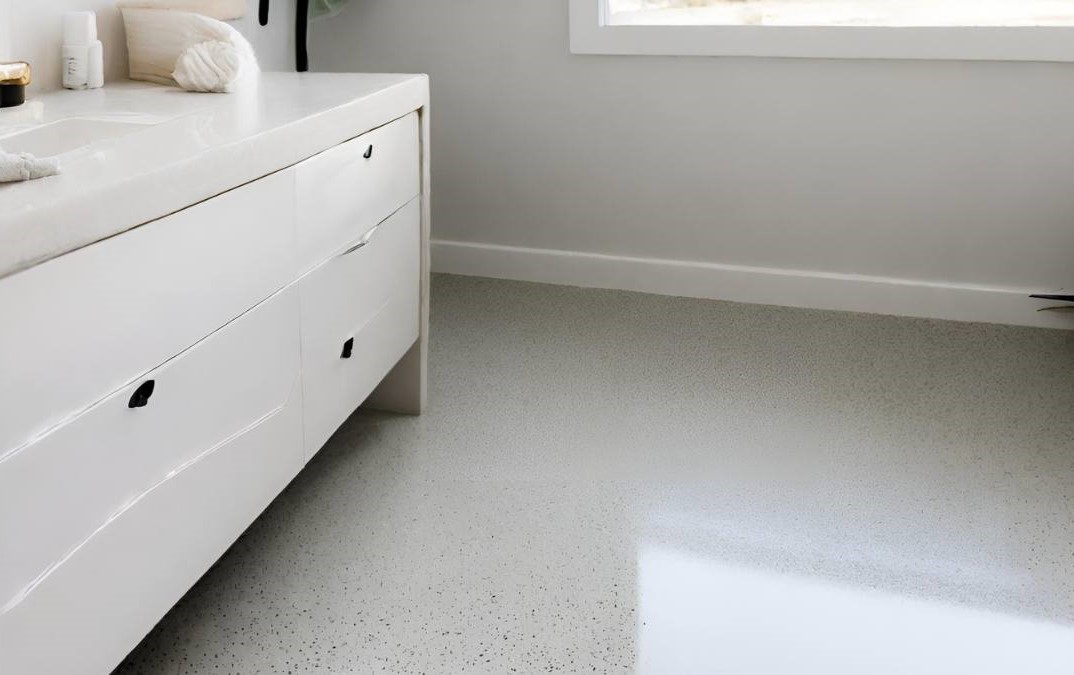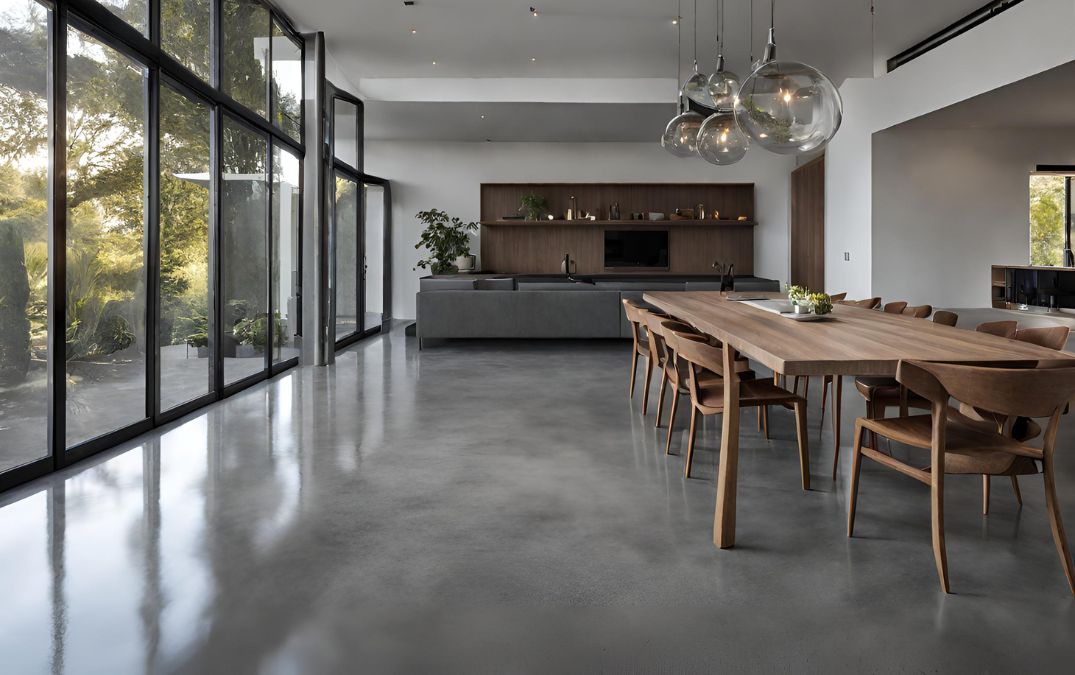Can you insulate an existing concrete slab?
Insulating an existing slab typically involves adding a layer of insulation on top of the concrete, followed by a new flooring system. This approach helps to improve the thermal efficiency of the space and reduce heat loss through the floor.
To insulate an existing concrete slab, start again by cleaning the surface to remove any debris. Once the slab is clean and dry, you can install a damp-proof membrane (DPM) to prevent moisture from penetrating the insulation layer. Next, lay rigid foam insulation boards, such as extruded polystyrene (XPS) or expanded polystyrene (EPS), directly on top of the slab. These boards should be cut to fit snugly against each other, with no gaps, to ensure effective insulation.
After the insulation is in place, you have a few options for the final flooring layer. You can pour a thin layer of screed over the insulation to create a smooth, level surface for your chosen floor finish, whether it's tile, wood, or carpet. Alternatively, you can install a floating floor system, where the flooring material is laid directly on top of the insulation, using an underlayment for additional support and moisture protection.



